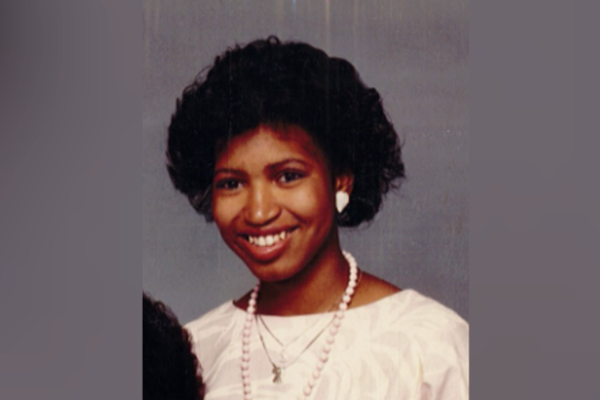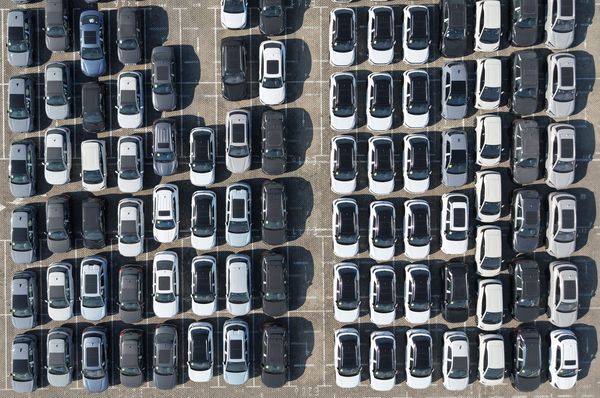New technology has shaped how we watch our favorite shows. This has had a profound impact on the cable industry which is losing subscriptions as more Americans cut the cord and flock to streaming services.
Cord cutting is an overused term in the media business, says Bruce Leichtman, president and principal analyst of media consulting firm Leichtman Research Group.
In a phone interview with TheStreet, Leichtman walks us through the evolution taking place among traditional cable tv providers and what to expect in the future.
Q: Why are people subscribing to TV on internet services like Sling TV, Hulu + Live TV, Youtube TV?
People are not necessarily getting these services to stick it to Comcast (CMCSA), they're getting it because it works for their household, so it's not going to be the same for everyone.
There are differences between an internet delivered pay tv service and a traditional service. Core of that is the channel line ups are not the same, and, yes, they might be missing certain pieces. Some of the more significant ones that can be missing are the local regional sports networks and the local broadcast networks. They may not be in these packages. So if that local sports network is important to you or if that local broadcast network is important to you, it's a different decision.
Do you think cord-cutting will level off at some point?
The term is really net losses. If you're a subscription business, a net loss is a function of those who are disconnecting your service as well as those who are connecting or reconnecting. It's those who are unsubscribing versus those who are subscribing.
And if you look at pay-tv as a whole the actual exit rate of pay-tv is the same exit rate as it is for Netflix (NFLX), Hulu, or Amazon (AMZN) Prime. The same exit rate. The difference for the pay-tv industry is the entrance rate, the connects are not happening fast enough. And the reason why they are slower is two-fold.
One is consumers have more choices than they have ever had before. But two is that traditional providers are not aggressively seeking new subscribers as they would have three to five years ago, no less 10 or 20 years ago.
They no longer view them as value subscribers as they would have in the past. Because none of the traditional providers are really at their core pay-tv services anymore. They are productivity companies or mobile companies where broadband comes first or mobile comes first.
It's not the same business anymore so it does lead some of these traditionally lower value subscribers to the internet delivered category. But I don't separate these services from traditional cable. A live pay-tv service is a live pay-tv service. That's at the core of what consumer are getting. They're getting something that includes traditional live pay-tv.
Q: Do you see a generational divide in willingness to adopt streaming?
Absolutely, it's a generational divide. Those who are much more amenable to the internet services, people who have these services use all types of streaming services. They are immersed in streaming. They're comfortable in streaming. But they also tend to be people in larger homes, with more people, with more TVs, with more children.
When it started many, including myself, thought who would get these services would be a single person making decisions for themselves. And what we see is that's not how it has come about. It's actually people with more TVs, more people, more children in the household.
Q: Will consumers miss what they had if cable bundles are no longer viable?
It depends on the consumer, how old they are, their household. It depends on what they watch. Is it worth it to switch, mainly people do it for value or for cost. One of the advantages of internet delivered cable services is no long term commitment. So, no barrier to entry and no barrier to exit. And that's also one of the reasons why people are more satisfied with these services.
Q: Will the current system of cable end?
The markets are evolving. Consumers have more choice but we can't forget that a lot of the evolution in the market is also because of changes in provider strategy.
You have some small cable companies that really don't care about video anymore because they look at themselves more as internet company and they don't like the margin that they make from video.
Then you have large companies that will take a video subscribers who adds value to its productivity business or adds value to our broadband business.
Q: Do you think streaming cable has lost its momentum?
They're surviving. They represent about one sixth of all households that have a pay-tv service. The pay-TV industry has had about 4.5 billion net losses each of the past two years and the internet delivered are some what off setting that to a small degree. But we have to think even these internet delivered companies for most of them it's not their core business.
So, if you look at the two biggest Hulu + Live TV, it's Disney. the second one Youtube TV, that's Google. So in both cases not their core business. Sling is Dish Network and DirectTv Stream is DirectTV. The only standalone service here is FuboTV and that actually has an ownership interest from Disney. There is a lot of individual relationships that are out there.
What about churn among streaming services?
One of the interesting things that we have seen with churn is lower price actually equals higher churn because it's almost a simpler decision.







